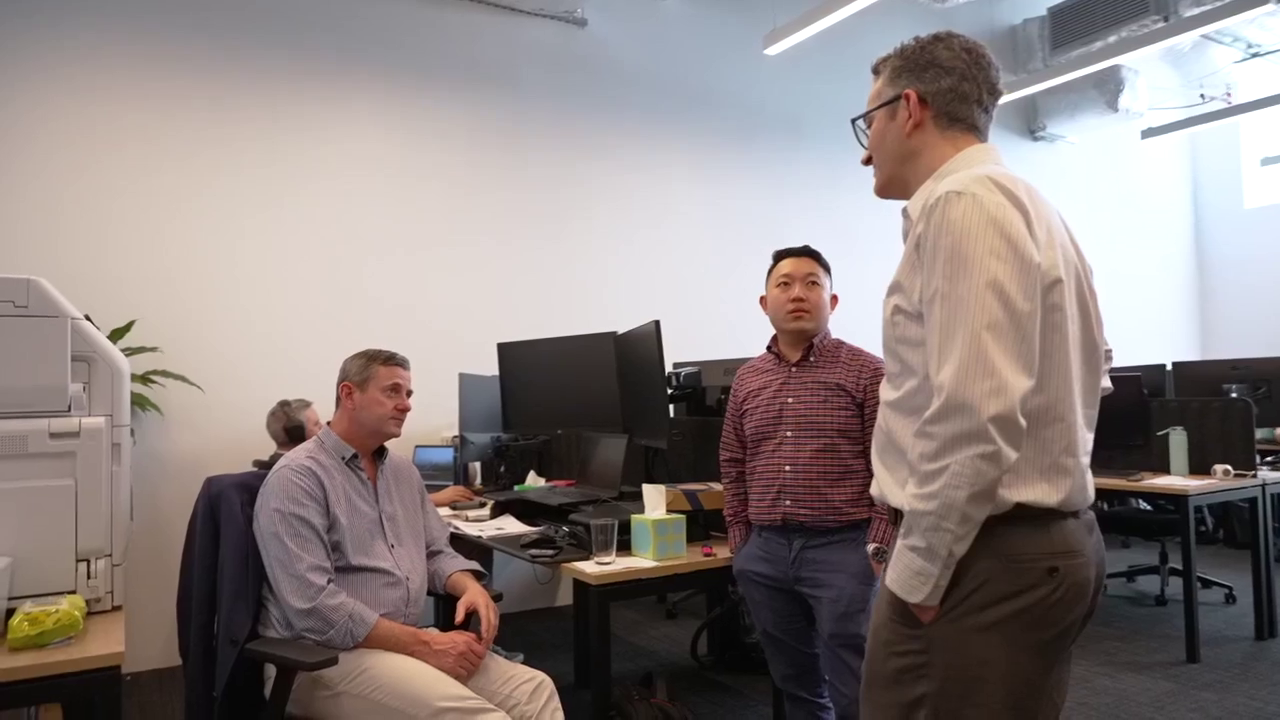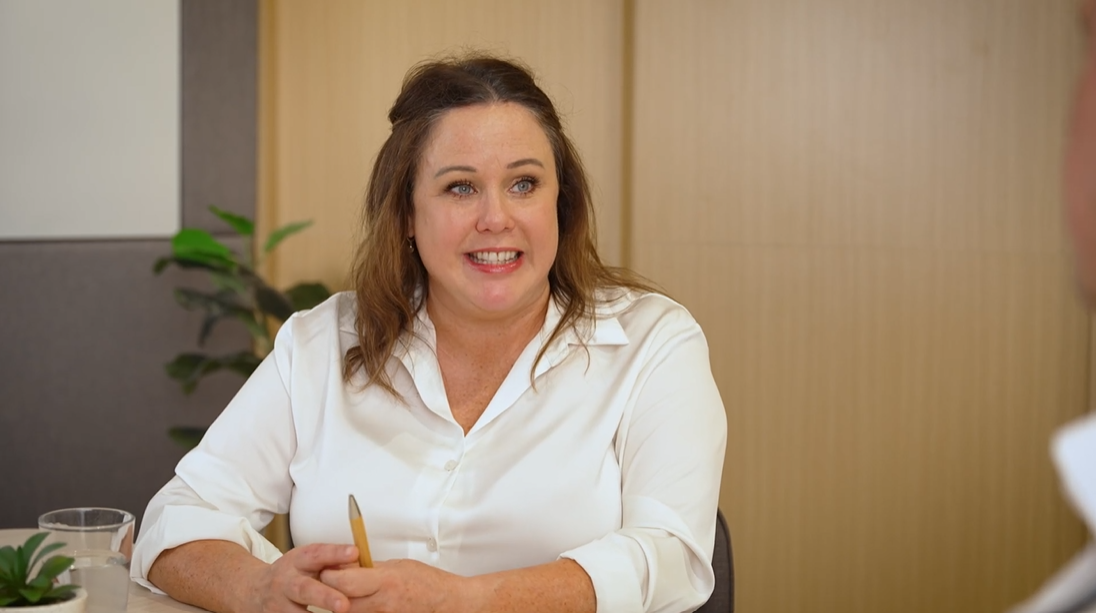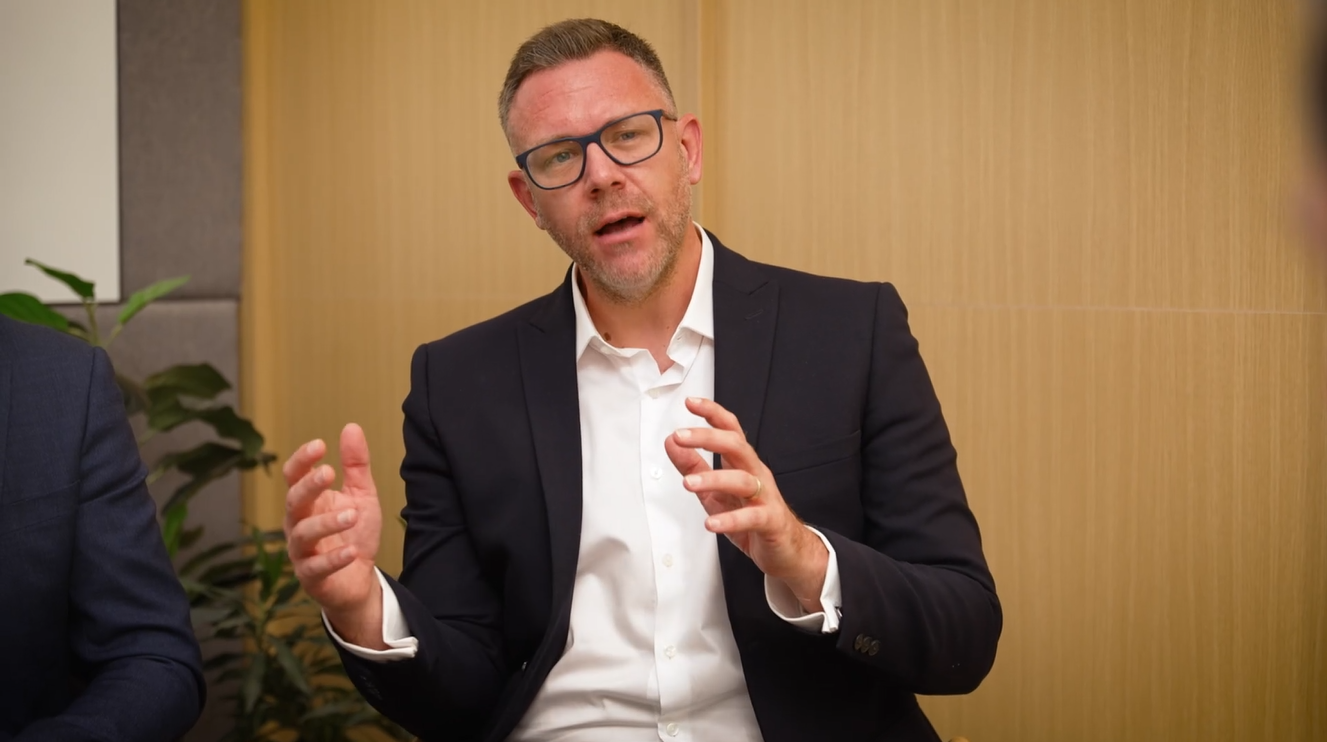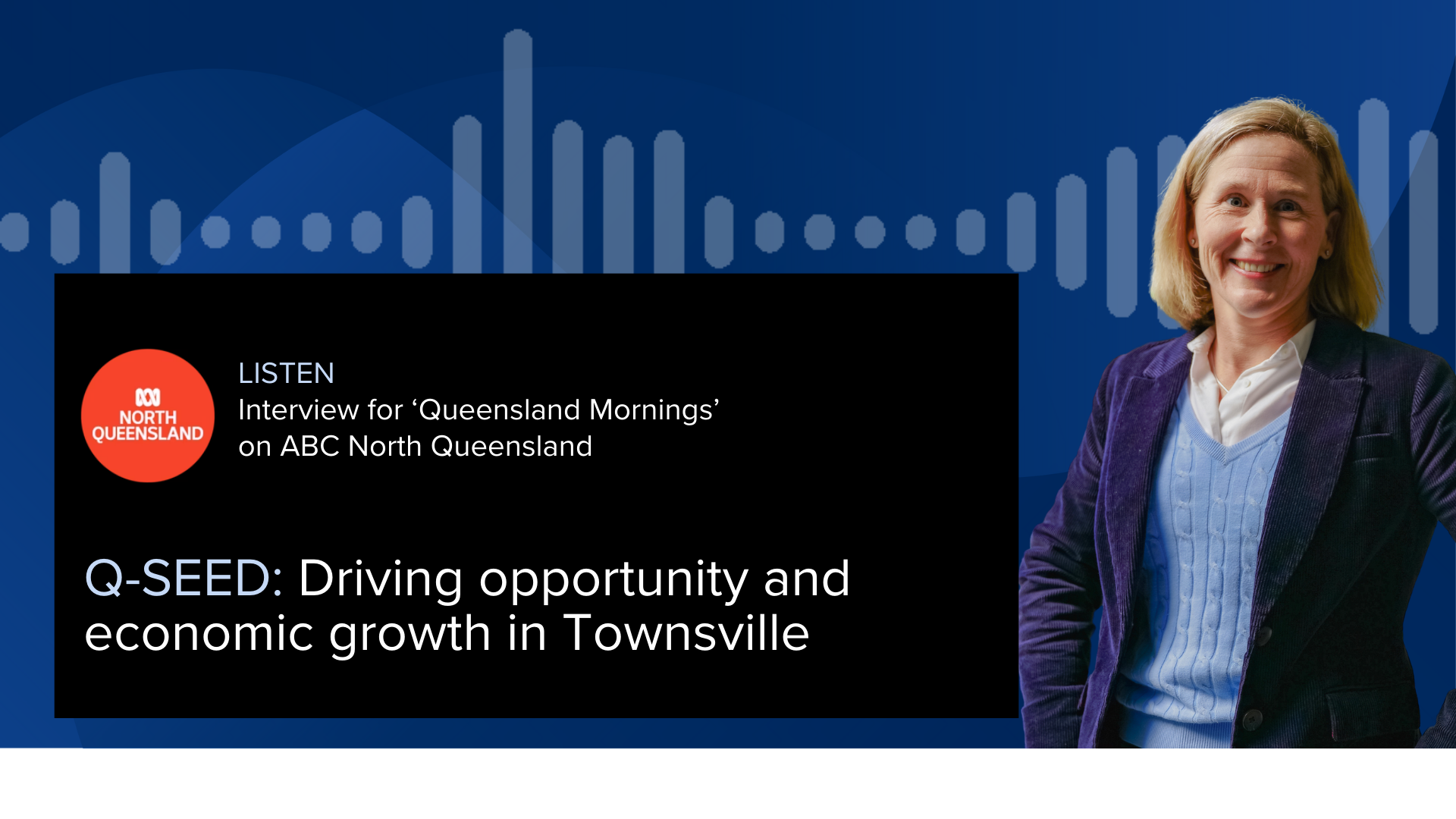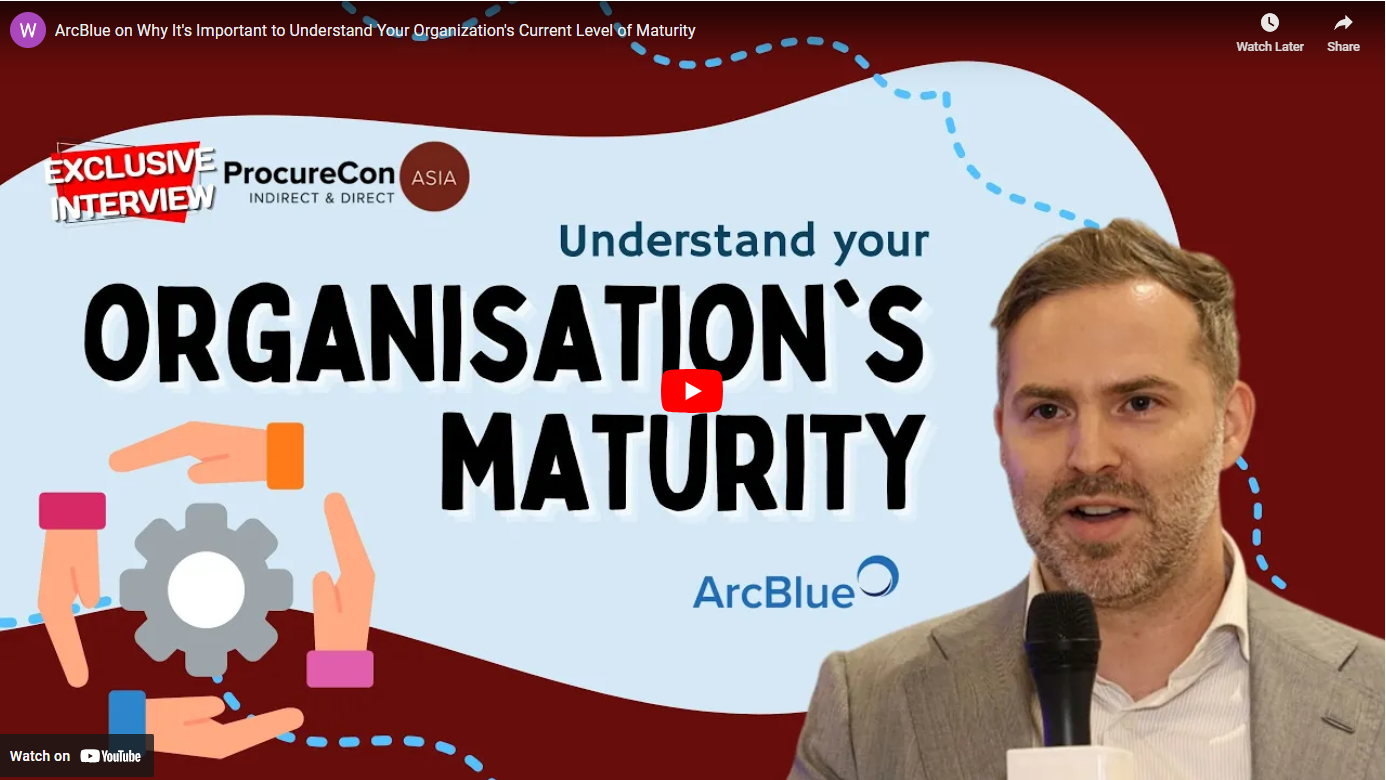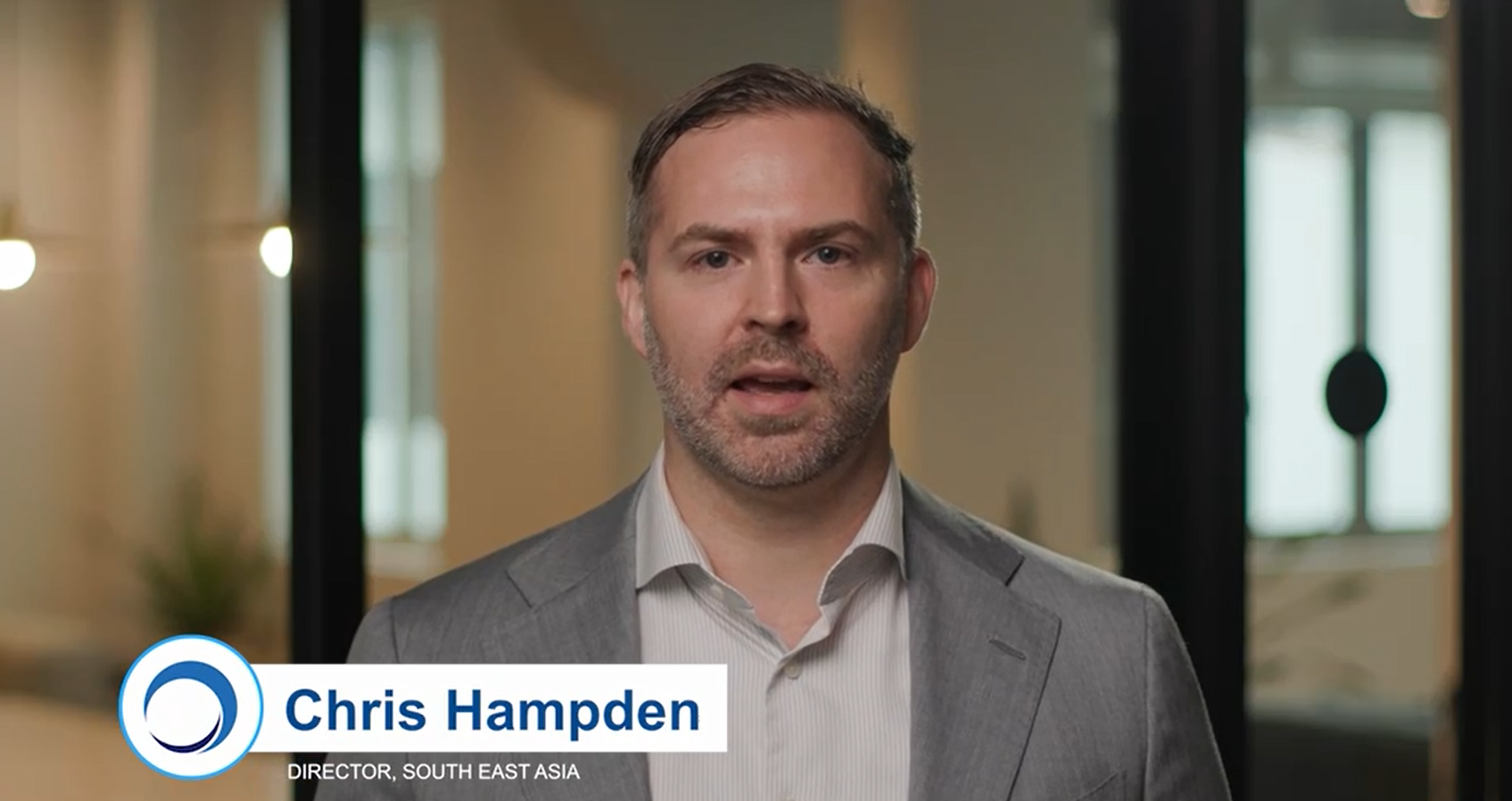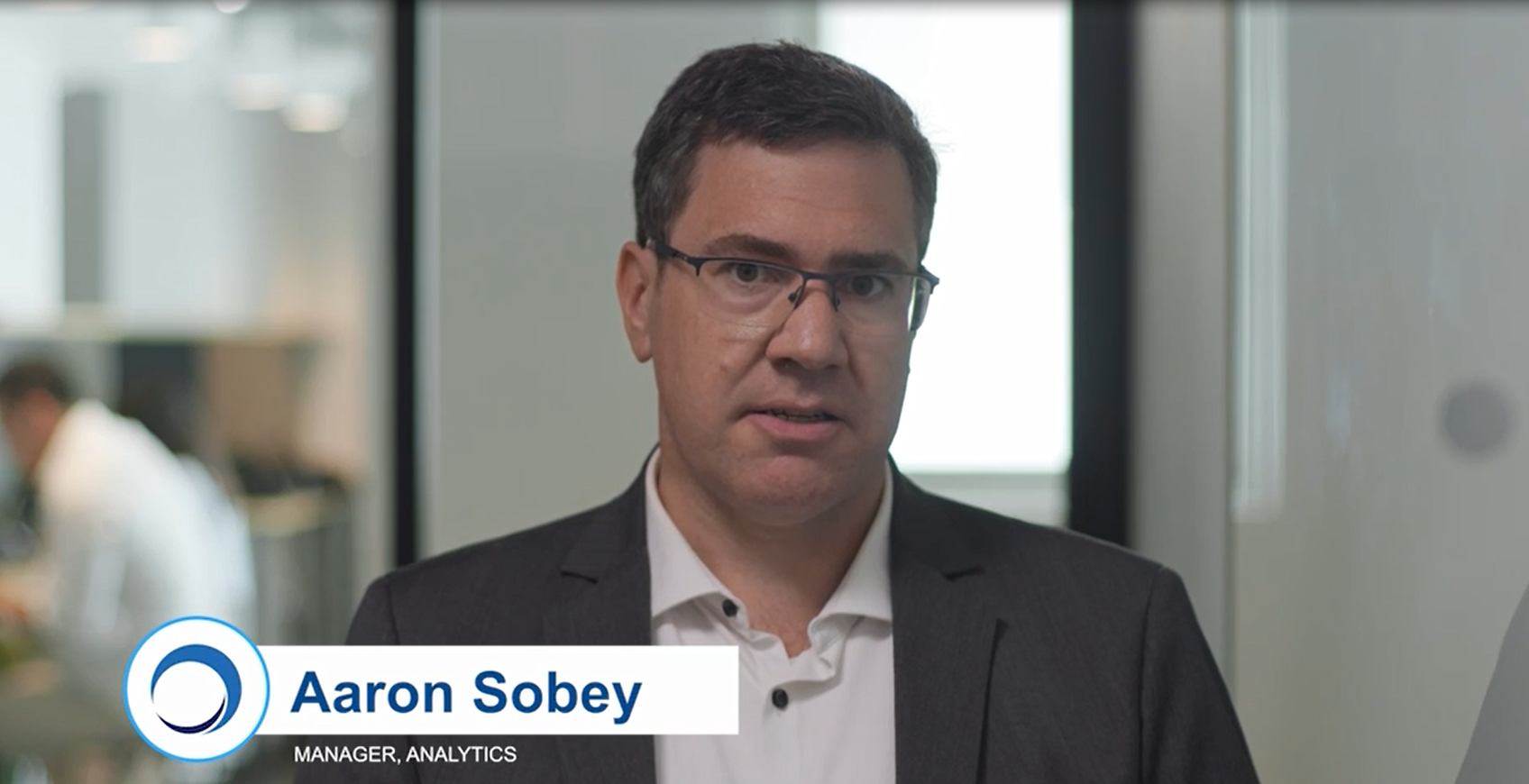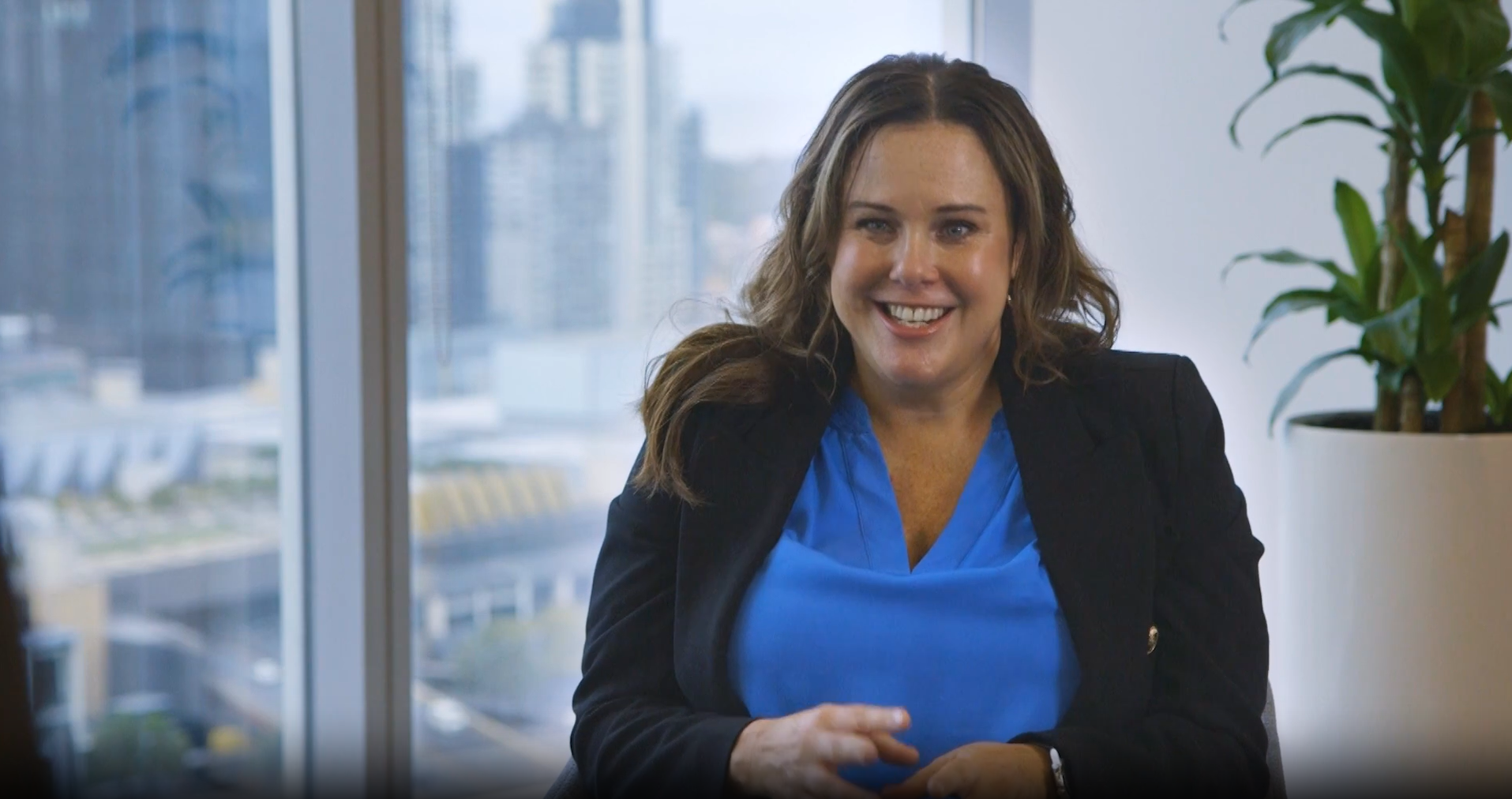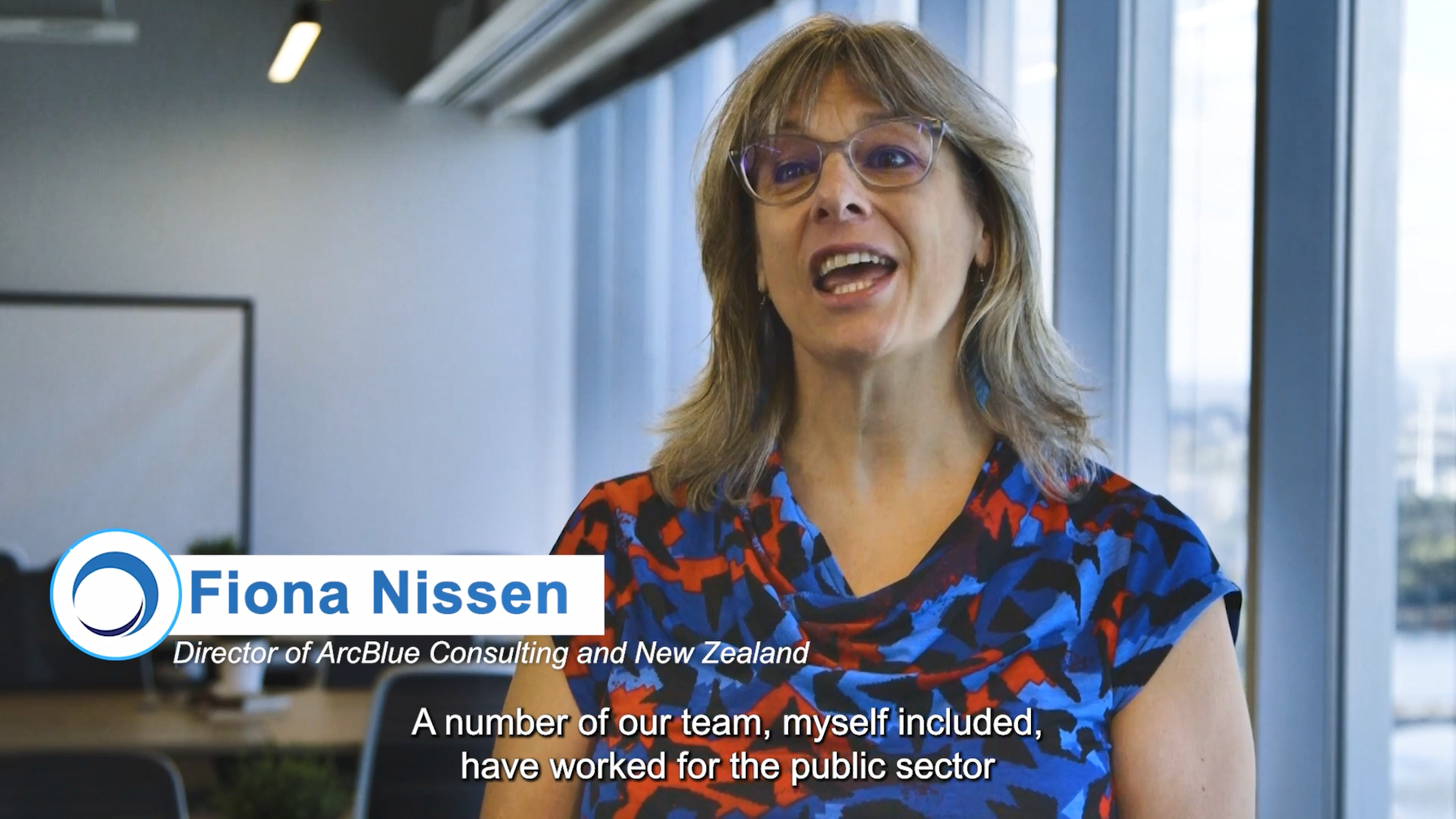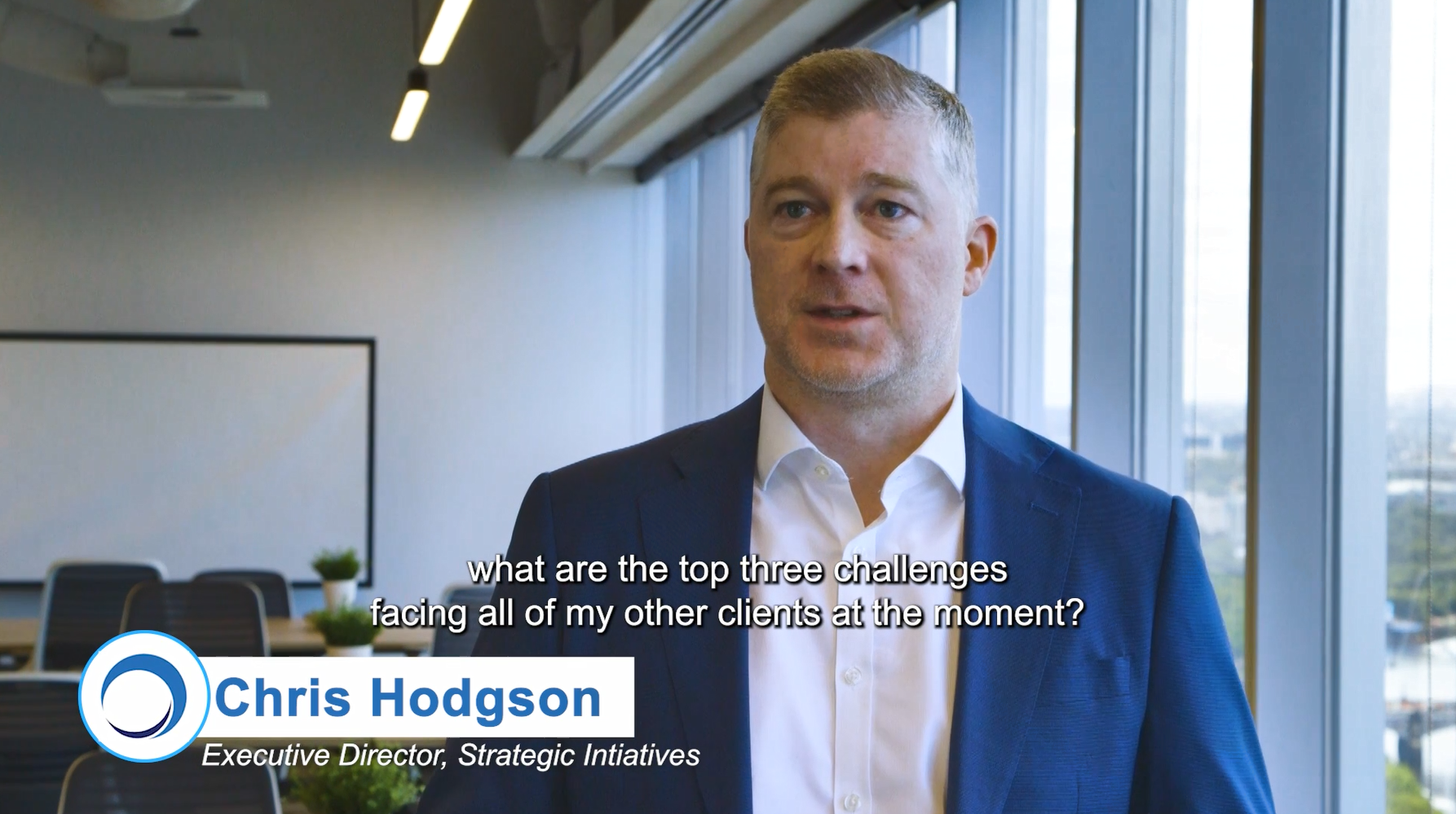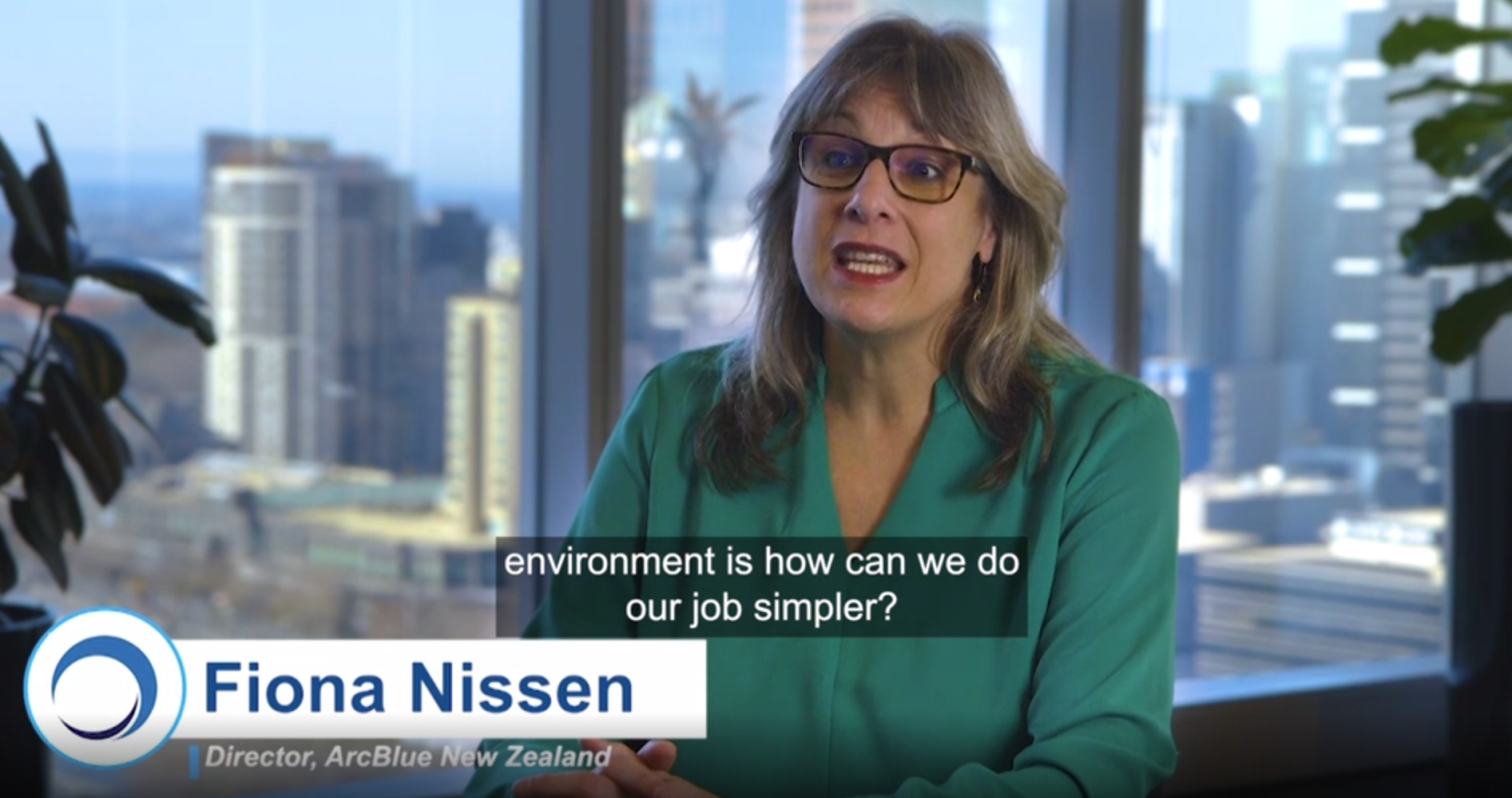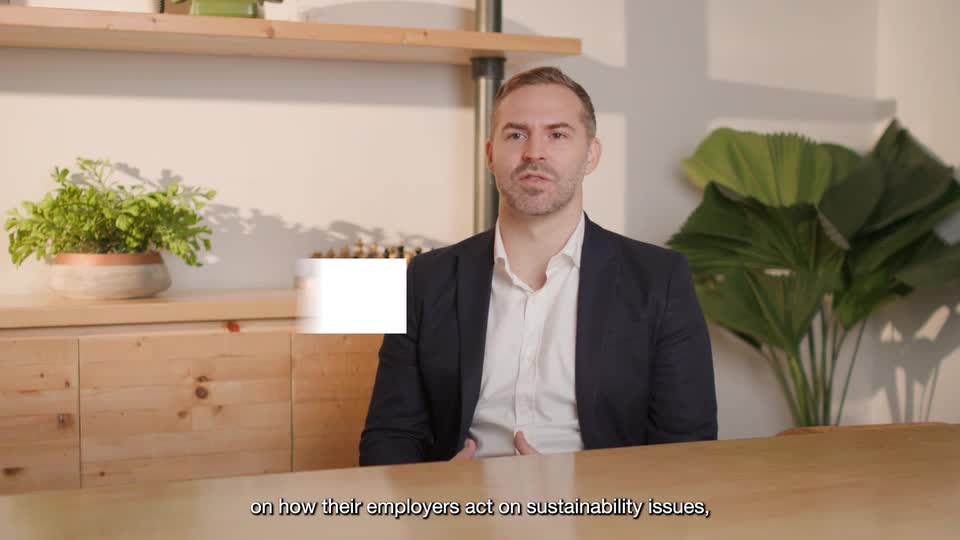- VIDEO
The Benefits of Focusing on Procurement Maturity
July 2024
“I’ve learnt that it’s important not just to rely on the organisational artifacts, but to be talking with a range of different stakeholders across the organisation, as often what you see on paper can be very different to how stakeholders within the organisation perceive procurement.…” ArcBlue’s Elisabeth Lette and Kylie McKinlay discuss the benefits of our procurement maturity assessments and shares insights gleaned from their experience in working on maturity review projects.
Featured
Related Services
Transcript
Kylie: I’m interested to find out what you think are the benefits of a procurement maturity assessment?
Lis: So firstly, procurement maturity assessments are important because an organisation is always looking to benchmark itself against its peers. Other organisations in the same sector, the same industry or region to identify opportunities for efficiency.
The second benefit really builds on that, because it enables the organisation to really drill down into what it’s strengths might be, and also what the opportunities for improvement might be.
These opportunities could range from improved benefits realisation through to improved governance and process, and capability building for the organisation and the procurement team.
Kylie: So what process do you go through to conduct a procurement maturity assessment, and does it vary from client to client?
Lis: While we do have a proven methodology for how we conduct our procurement maturity assessments, we also have the scope to be able to tailor that and how we apply it to the individual circumstances of each client. So while our methodology remains consistent, our approach varies by the size, complexity of the client, but it also driven by the size of their spend and also their timeline for improvement. So whilst a key input into our organisational procurement review is always key documents, templates, processes, I’ve also learnt that it’s important not just to rely on the organisational artifacts, but to be talking with a range of different stakeholders across the organisation, as often what you see on paper can be very different to how stakeholders within the organisation perceive procurement.
Kylie: I was working with a client recently and the stakeholders were up in arms about there being a lack of efficient and effective processes. But what was really happening was, and whilst they weren’t ideal, the teams were getting bogged down with their workarounds
rather than working with what was actually available to them.
Lis: That’s why engaging with as many different stakeholders across the business is important. Some of the stakeholders that come to mind for example are:
- Legal – often a procurement function’s efficiency is driven by it’s risk appetite;
- Accounting and Finance play a critical role from a process perspective;
- Technology is really important as the IT systems can drive efficiency and it’s important to align with any technology roadmap the organisation might have; and lastly, for example
- Infrastructure, Construction & Facilities Management can also be a key stakeholder as organisations often have different approaches to how they deal with infrastructure-related procurement as opposed to your traditional goods and services procurement.
This multi-dimensional assessment helps the organisation to identify priority activities to circumvent some of the silos that might otherwise exist and to encourage collaboration between the different parts of the organisation and have alignment to those organisational priorities. It’s important that we rely on an evidence base drawn from procurement KPI’s, spend analysis, procurement board minutes, overlay that as well with process mapping of key procurement processes, and as well, support that with case studies from around the organisation. Instances or examples where procurement has delivered well, or a success story, versus case studies of where there have been challenges and opportunities for improvement – and procurement hasn’t gone quite so well.
From there we’ll have priority activities to help the organisation achieve it’s roadmap for success.
KEEP WATCHING







